Home>Gardening & Outdoor>Landscaping Ideas>How To Get Buffalo Grass To Spread
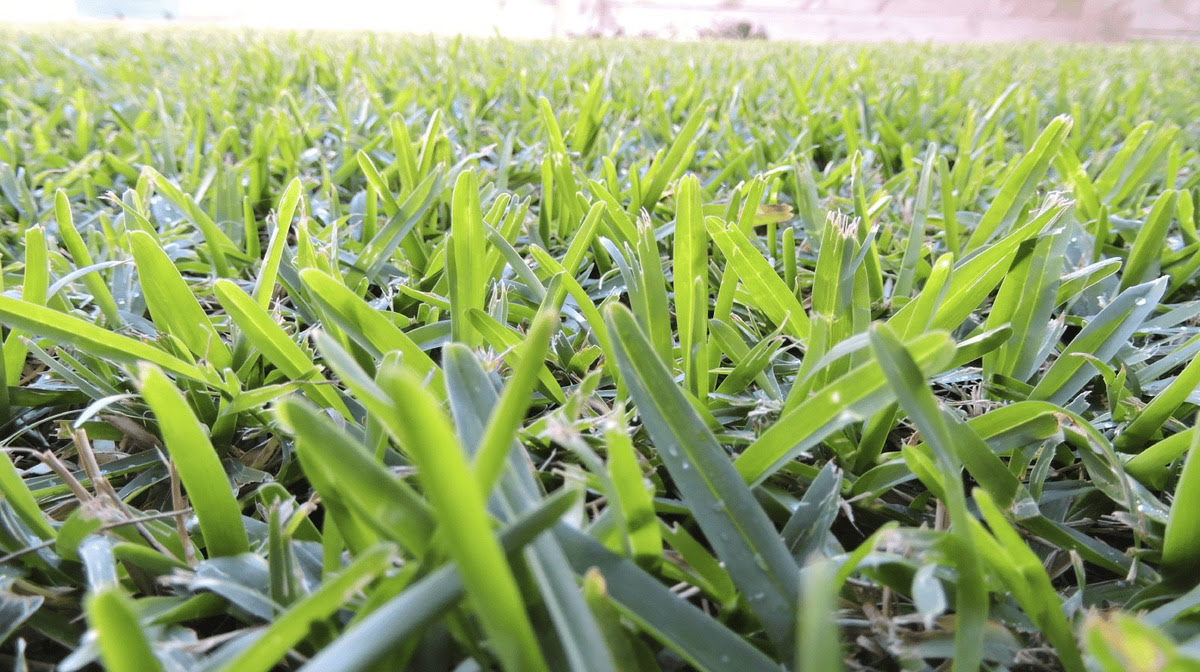

Landscaping Ideas
How To Get Buffalo Grass To Spread
Modified: March 24, 2024
Learn effective landscaping ideas to encourage buffalo grass spreading. Discover expert tips for a lush and thriving lawn. Start your transformation today!
(Many of the links in this article redirect to a specific reviewed product. Your purchase of these products through affiliate links helps to generate commission for Storables.com, at no extra cost. Learn more)
Introduction
Welcome to the wonderful world of buffalo grass, a resilient and low-maintenance option for your landscaping needs. If you're looking for a lush, green lawn that requires minimal upkeep and water, buffalo grass might just be the perfect choice for you. In this article, we will delve into the fascinating realm of buffalo grass and explore the best methods to encourage its spread and growth.
Buffalo grass, also known as Buchloe dactyloides, is a warm-season perennial grass that is native to the Great Plains of North America. Its natural habitat is characterized by hot, dry summers and cold winters, making it an excellent choice for regions with similar climates. This hardy grass has adapted to withstand drought conditions and is well-suited for areas with low rainfall and limited water resources.
One of the most appealing attributes of buffalo grass is its ability to spread and form a dense, carpet-like turf. Its sturdy and creeping growth habit allows it to fill in bare patches and create a uniform lawn surface. Whether you're establishing a new lawn or aiming to revitalize an existing one, understanding how to promote buffalo grass spread is essential for achieving a vibrant and verdant landscape.
In the following sections, we will explore the key factors that contribute to buffalo grass spread, including creating the right conditions for growth, encouraging its expansion, and providing the necessary maintenance and care. By gaining insight into these aspects, you will be well-equipped to foster the flourishing spread of buffalo grass in your outdoor space. So, let's embark on this enlightening journey and uncover the secrets to nurturing a thriving buffalo grass lawn.
Key Takeaways:
- Buffalo grass is a resilient and low-maintenance option for landscaping, thriving in hot, dry climates with minimal water needs. Creating the right conditions, proper seeding, and maintenance are key to its spread and growth.
- Understanding buffalo grass’s unique attributes, such as its drought tolerance and vibrant appearance, can help homeowners and landscapers create sustainable and visually appealing outdoor spaces. By nurturing buffalo grass, we contribute to eco-friendly landscaping and the enduring beauty of nature.
Read more: How Does Buffalo Grass Spread
Understanding Buffalo Grass
Before delving into the methods for promoting buffalo grass spread, it’s essential to gain a deeper understanding of this resilient and versatile grass species. Buffalo grass, scientifically known as Buchloe dactyloides, is a warm-season perennial grass that thrives in regions with hot, dry summers and cold winters. Its natural habitat spans the Great Plains of North America, where it has adapted to survive in harsh environmental conditions.
One of the defining characteristics of buffalo grass is its low-maintenance nature, making it an attractive choice for homeowners and landscapers alike. This grass species exhibits excellent drought tolerance, requiring minimal water to sustain its growth. Additionally, buffalo grass boasts a dense and creeping growth habit, allowing it to spread and form a thick turf that effectively crowds out weeds and other unwanted vegetation.
Buffalo grass is well-suited for areas with low rainfall and limited water resources, making it an eco-friendly and sustainable landscaping option. Its deep root system enables it to access moisture from the soil, reducing the need for frequent irrigation. Furthermore, this grass species is known for its exceptional heat tolerance, making it an ideal choice for regions with scorching summer temperatures.
When it comes to appearance, buffalo grass presents a fine texture and a vibrant green color, adding aesthetic appeal to outdoor spaces. Its ability to form a dense and uniform turf makes it a popular choice for lawns, parks, and recreational areas. Whether you’re aiming to establish a new buffalo grass lawn or revitalize an existing one, understanding its growth characteristics and environmental preferences is crucial for fostering its spread and ensuring a thriving landscape.
By familiarizing yourself with the unique attributes of buffalo grass, you can gain valuable insights into the factors that contribute to its successful establishment and expansion. In the following sections, we will explore the methods and techniques for creating the optimal conditions for buffalo grass spread, encouraging its growth, and providing the necessary maintenance to sustain a healthy and vibrant lawn.
Creating the Right Conditions for Spread
Establishing the optimal conditions for buffalo grass spread is essential for nurturing its growth and ensuring a flourishing lawn. Whether you’re initiating a new lawn project or seeking to enhance the spread of an existing buffalo grass turf, several key factors contribute to creating an environment conducive to its expansion.
1. Sunlight: Buffalo grass thrives in full sunlight and requires at least 6 to 8 hours of direct sunlight daily. When planning the layout of your lawn or outdoor space, ensure that buffalo grass receives ample sunlight to support its photosynthetic activity and vigorous growth.
2. Soil Type: Buffalo grass prefers well-drained soils and is adaptable to a variety of soil types, including clay, loam, and sandy soils. However, it thrives in soils with good drainage, as excessive water retention can lead to root rot and other issues. Conduct a soil test to assess its pH level and nutrient content, and make any necessary amendments to optimize the soil conditions for buffalo grass.
3. Watering: While buffalo grass is known for its drought tolerance, adequate watering is crucial, especially during its establishment phase. Water deeply but infrequently, allowing the soil to dry out between watering sessions to encourage the development of deep roots. Once established, buffalo grass requires minimal irrigation, making it an excellent choice for water-conscious landscaping.
4. Mowing Height: Maintaining the appropriate mowing height is vital for promoting buffalo grass spread. Keep the grass at a height of around 3 to 4 inches, allowing it to develop a dense turf and effectively crowd out weeds. Avoid cutting buffalo grass too short, as this can hinder its ability to thrive and spread.
5. Fertilization: Buffalo grass has modest fertility requirements and generally thrives in low-nutrient environments. Limit the use of nitrogen-based fertilizers, as excessive nitrogen can promote excessive growth and reduce the density of the turf. Opt for a balanced, slow-release fertilizer specifically formulated for buffalo grass to provide essential nutrients without overstimulating its growth.
By carefully considering these factors and creating the right conditions for buffalo grass spread, you can lay the groundwork for a resilient and vibrant lawn. In the following sections, we will explore the techniques for encouraging buffalo grass growth, along with the essential maintenance and care practices to sustain its spread and ensure a thriving outdoor landscape.
Water buffalo grass regularly and avoid mowing too short to encourage spreading. Consider overseeding with buffalo grass seed to fill in bare spots.
Encouraging Buffalo Grass Growth
Once you’ve established the optimal conditions for buffalo grass spread, it’s time to focus on encouraging its vigorous growth and expansion. Whether you’re starting from seed, sod, or plugs, there are several effective methods to foster the development of a lush and resilient buffalo grass lawn.
1. Seed Selection: When seeding a new lawn or overseeding an existing one, selecting high-quality buffalo grass seed is paramount. Choose a variety that is well-suited to your climate and soil conditions, as this will contribute to successful germination and establishment.
2. Proper Seeding Techniques: Prepare the soil thoroughly by removing debris and loosening the top layer to create an ideal seedbed. Spread the buffalo grass seed evenly using a broadcast spreader, ensuring comprehensive coverage. Lightly rake the seeds into the soil to promote good seed-to-soil contact, which is essential for germination.
3. Adequate Watering: After seeding, maintain consistent soil moisture to support germination and early growth. Light, frequent watering is recommended to keep the soil surface moist, but avoid overwatering, as this can lead to seed rot and other issues. As the grass establishes, gradually transition to deeper, less frequent watering to encourage deep root development.
4. Weed Control: Minimize competition from weeds by implementing effective weed control measures. Hand-pull weeds as they emerge, and consider applying pre-emergent herbicides specifically formulated for buffalo grass to prevent weed encroachment without harming the grass.
5. Patience and Observation: Buffalo grass may exhibit slow initial growth, especially when established from seed. Exercise patience and continue to provide consistent care and maintenance. Monitor the lawn regularly to assess its progress and address any issues promptly.
6. Sod and Plug Establishment: If you opt for sod or plugs to establish your buffalo grass lawn, ensure proper soil preparation and installation techniques. Water the sod or plugs immediately after installation and maintain adequate soil moisture to facilitate rooting and establishment.
By employing these strategies and techniques, you can effectively encourage the growth and spread of buffalo grass, paving the way for a resilient and verdant lawn. In the subsequent section, we will delve into the essential maintenance and care practices required to sustain the health and vitality of buffalo grass, ensuring a thriving landscape for years to come.
Maintenance and Care
Proper maintenance and care practices are integral to sustaining the health and vitality of buffalo grass, ensuring a lush and resilient lawn that thrives in various environmental conditions. By implementing the following maintenance techniques, you can promote the spread and longevity of buffalo grass while enhancing the overall appeal of your outdoor space.
1. Irrigation: Once established, buffalo grass generally requires minimal irrigation. Water deeply but infrequently, allowing the soil to dry out between watering sessions to encourage the development of deep roots. During extended dry periods, provide supplemental watering to prevent excessive stress on the grass.
2. Mowing: Maintain the appropriate mowing height of around 3 to 4 inches to promote buffalo grass spread and density. Regular mowing helps control weeds and encourages lateral growth, contributing to a thick and uniform turf. Avoid removing more than one-third of the grass blade length in a single mowing session to prevent stress on the grass.
3. Fertilization: Buffalo grass has modest fertility requirements and generally thrives in low-nutrient environments. Apply a balanced, slow-release fertilizer specifically formulated for buffalo grass in late spring or early summer to provide essential nutrients without overstimulating its growth. Avoid excessive use of nitrogen-based fertilizers, as this can lead to excessive thatch accumulation and reduced turf density.
4. Weed Control: Implement targeted weed control measures to minimize weed encroachment and competition. Hand-pull weeds as they emerge, and consider using herbicides specifically formulated for buffalo grass to effectively manage weed growth without harming the grass.
5. Aeration: Periodic core aeration can benefit buffalo grass by alleviating soil compaction and promoting healthy root development. Aeration enhances water and nutrient penetration, contributing to improved turf density and overall vigor.
6. Pest and Disease Management: Monitor the lawn for signs of pest infestations and disease development. Address issues promptly by implementing appropriate pest control measures and disease management strategies to safeguard the health of the grass.
7. Seasonal Considerations: Adjust your maintenance practices based on seasonal requirements. In colder regions, prepare buffalo grass for winter dormancy by gradually reducing irrigation and ceasing fertilization in late summer. In warmer regions, continue to provide minimal maintenance during the winter months to support the grass through its dormant phase.
By incorporating these maintenance and care practices into your lawn care routine, you can nurture the spread and vitality of buffalo grass, creating a resilient and visually appealing landscape that enhances the beauty of your outdoor environment. As we conclude our exploration of buffalo grass spread and maintenance, it’s essential to appreciate the enduring allure and practical benefits of this remarkable grass species.
Read more: How Fast Does Buffalo Grass Spread
Conclusion
As we conclude our journey through the realm of buffalo grass, it’s evident that this resilient and low-maintenance grass species holds tremendous appeal for homeowners, landscapers, and environmental enthusiasts alike. With its exceptional drought tolerance, creeping growth habit, and vibrant green appearance, buffalo grass stands as a testament to the beauty of sustainable and eco-friendly landscaping.
By understanding the key factors that contribute to buffalo grass spread and growth, we gain valuable insights into creating a thriving and resilient lawn that enhances the visual appeal of outdoor spaces. From establishing the optimal conditions for buffalo grass to fostering its vigorous growth and providing essential maintenance, each step plays a crucial role in nurturing a vibrant and verdant landscape.
Buffalo grass not only offers aesthetic allure but also serves as a practical and sustainable landscaping choice. Its ability to thrive in regions with low rainfall and limited water resources makes it an eco-conscious option for homeowners and businesses seeking to conserve water and reduce environmental impact. Furthermore, its low-maintenance nature and resilience against pests and diseases contribute to its appeal as a versatile and enduring grass species.
As we embrace the journey of cultivating buffalo grass, we embark on a path that celebrates the harmony between nature and human intervention. By fostering the spread of buffalo grass, we contribute to the creation of sustainable and visually captivating outdoor environments that enrich our lives and benefit the ecosystem at large.
Whether you’re embarking on a new lawn project, revitalizing an existing landscape, or seeking to enhance the ecological balance of your outdoor space, buffalo grass stands as a steadfast companion in your quest for sustainable and vibrant landscaping. As you apply the knowledge and techniques shared in this article, may your buffalo grass lawn flourish and inspire a deeper appreciation for the enduring beauty and resilience of this remarkable grass species.
With each blade of buffalo grass that spreads and thrives, we witness the timeless allure of nature’s resilience and the transformative power of sustainable landscaping. Let us continue to nurture and celebrate the spread of buffalo grass, creating landscapes that not only captivate the eye but also embody the enduring spirit of environmental stewardship and harmonious coexistence with the natural world.
Frequently Asked Questions about How To Get Buffalo Grass To Spread
Was this page helpful?
At Storables.com, we guarantee accurate and reliable information. Our content, validated by Expert Board Contributors, is crafted following stringent Editorial Policies. We're committed to providing you with well-researched, expert-backed insights for all your informational needs.

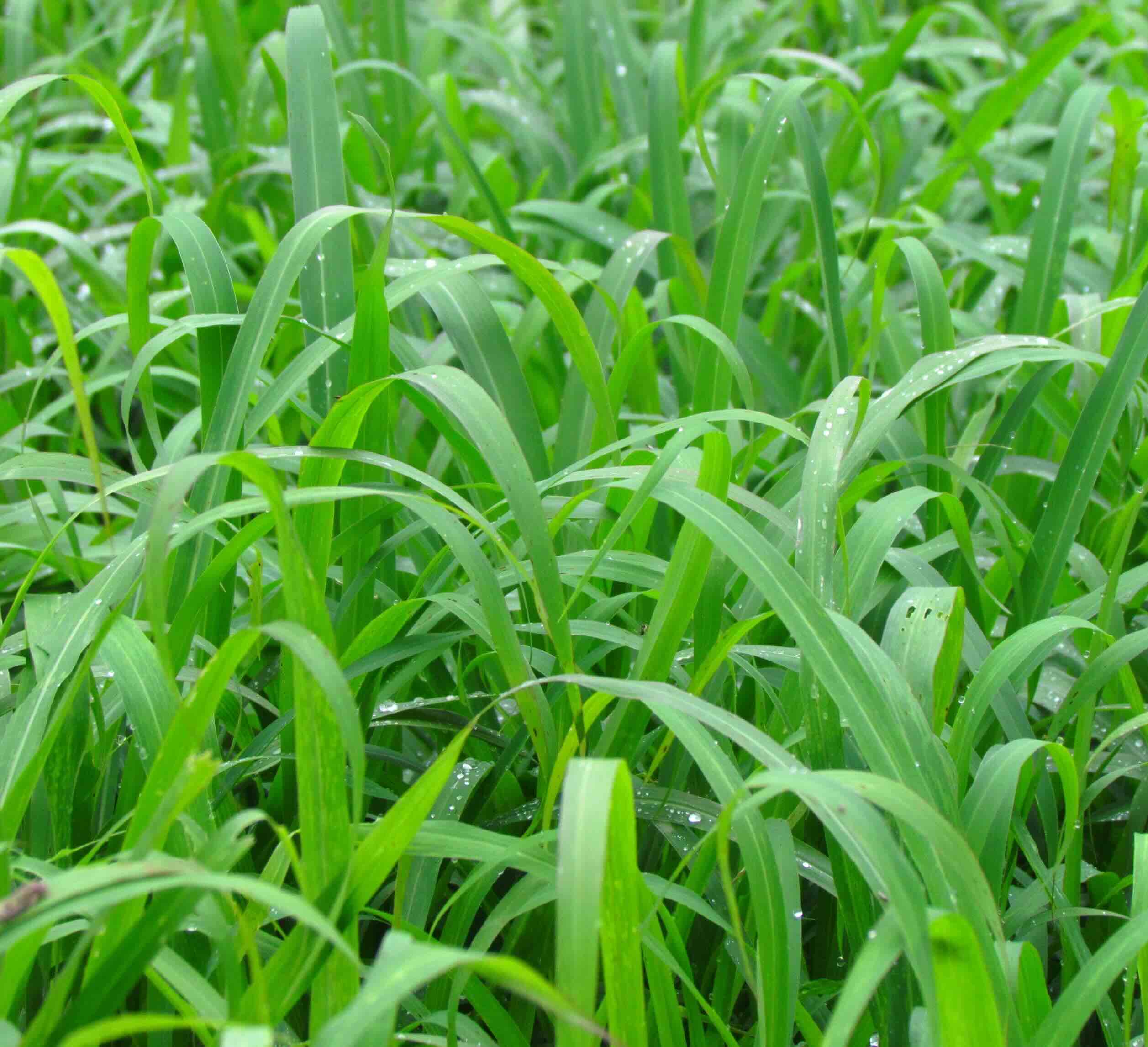
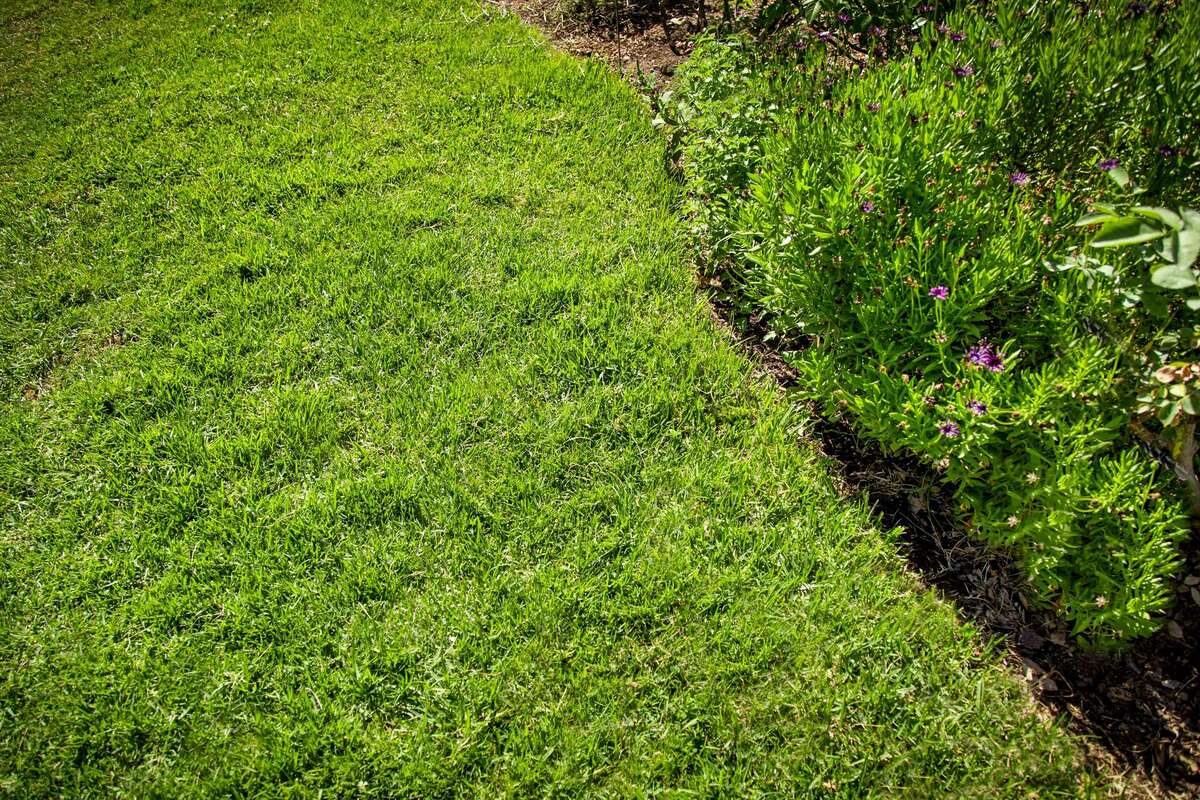
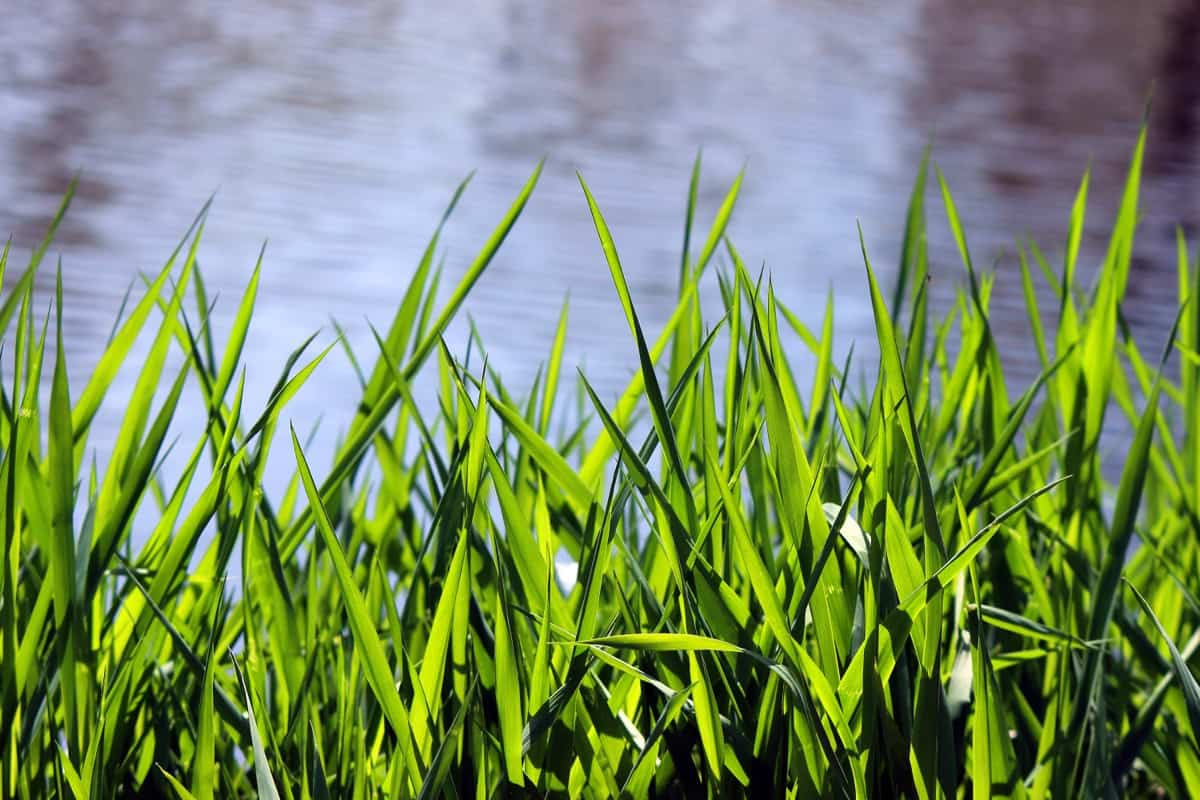
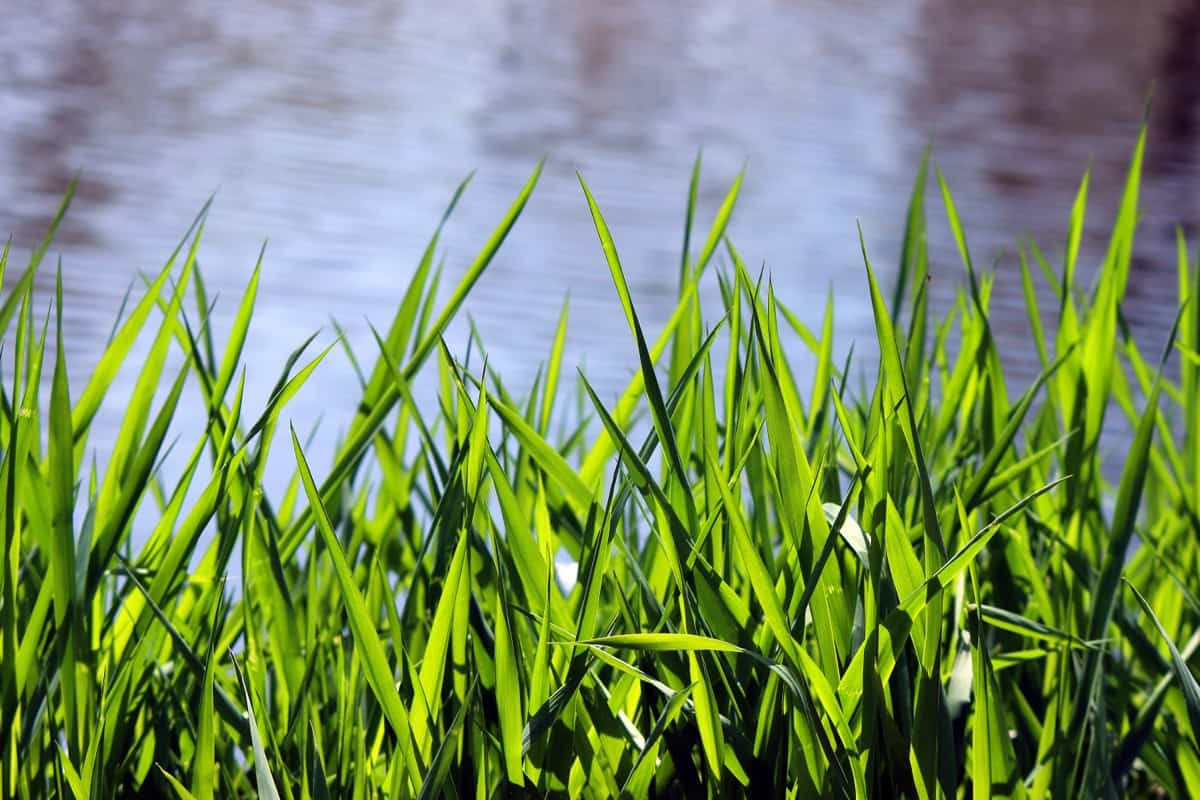
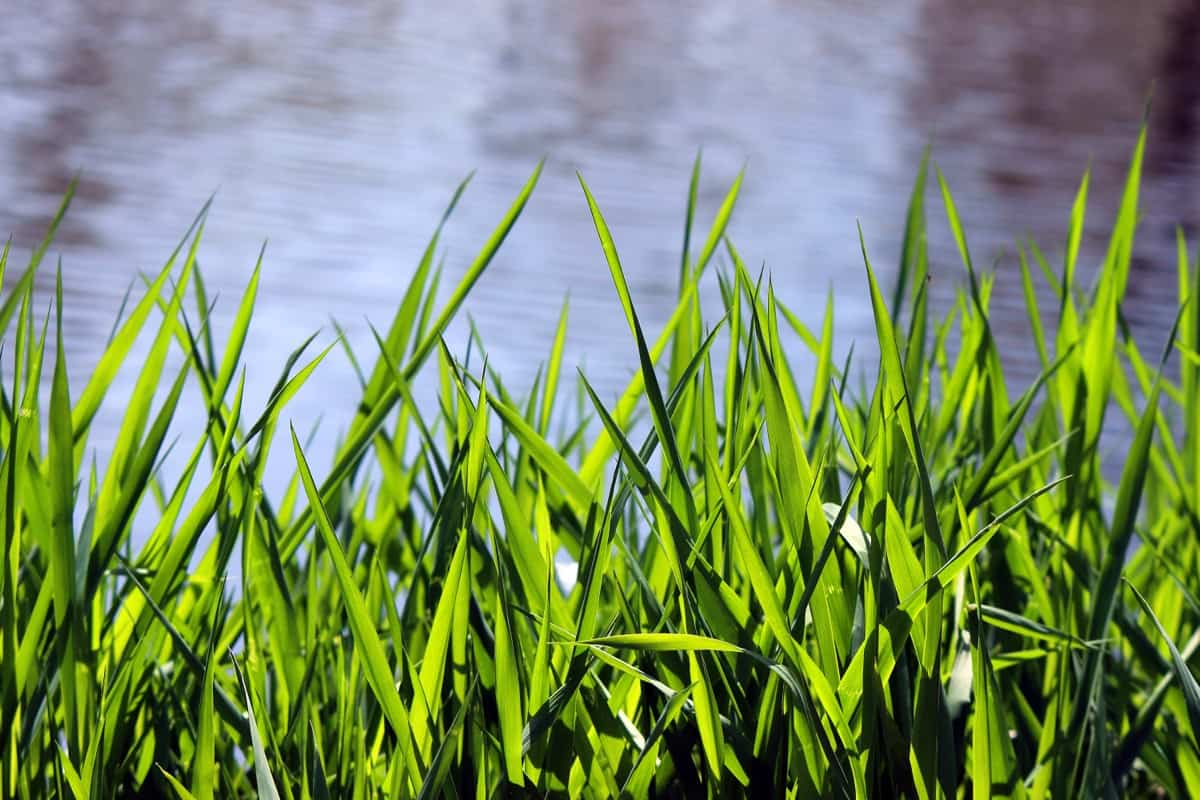
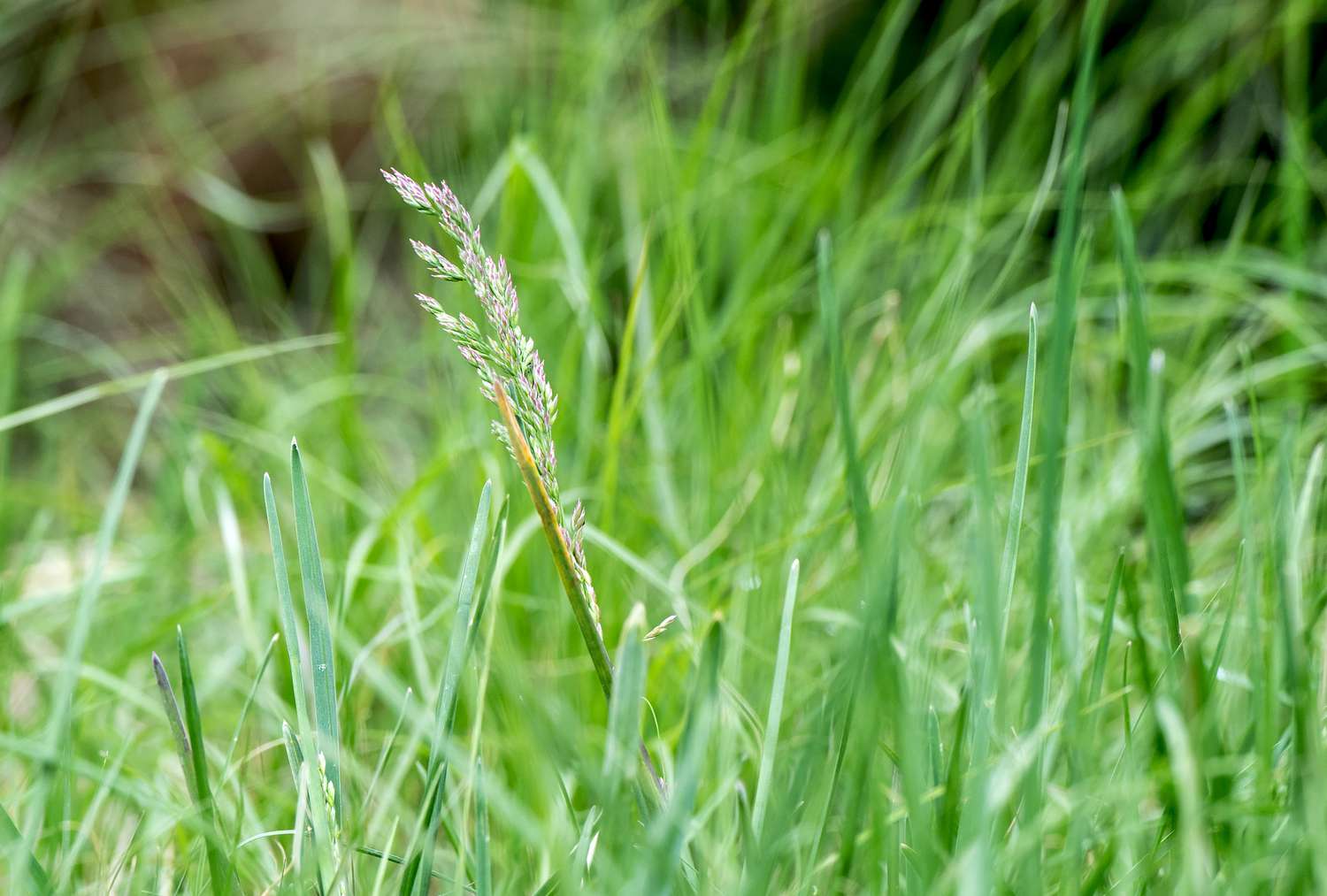
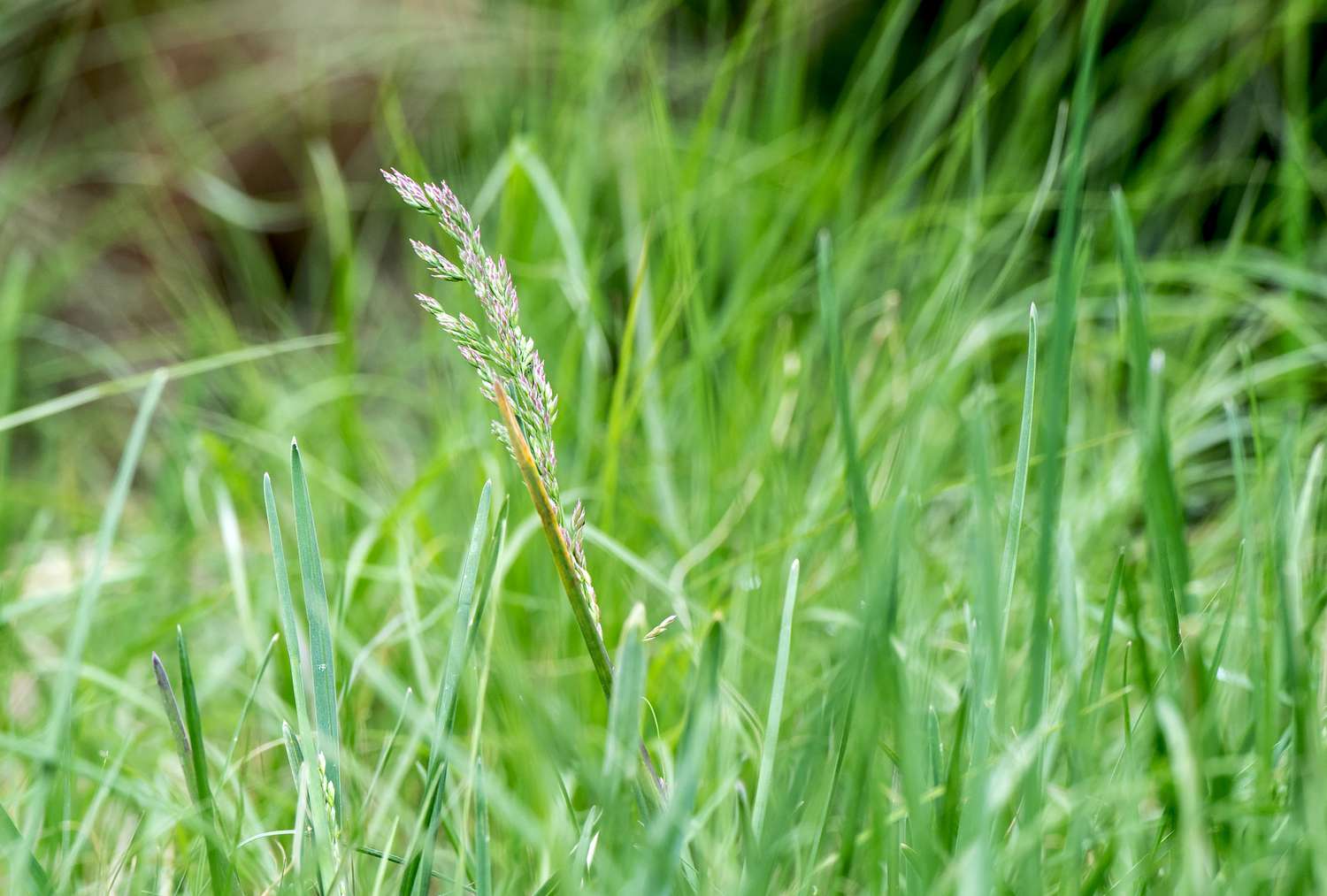
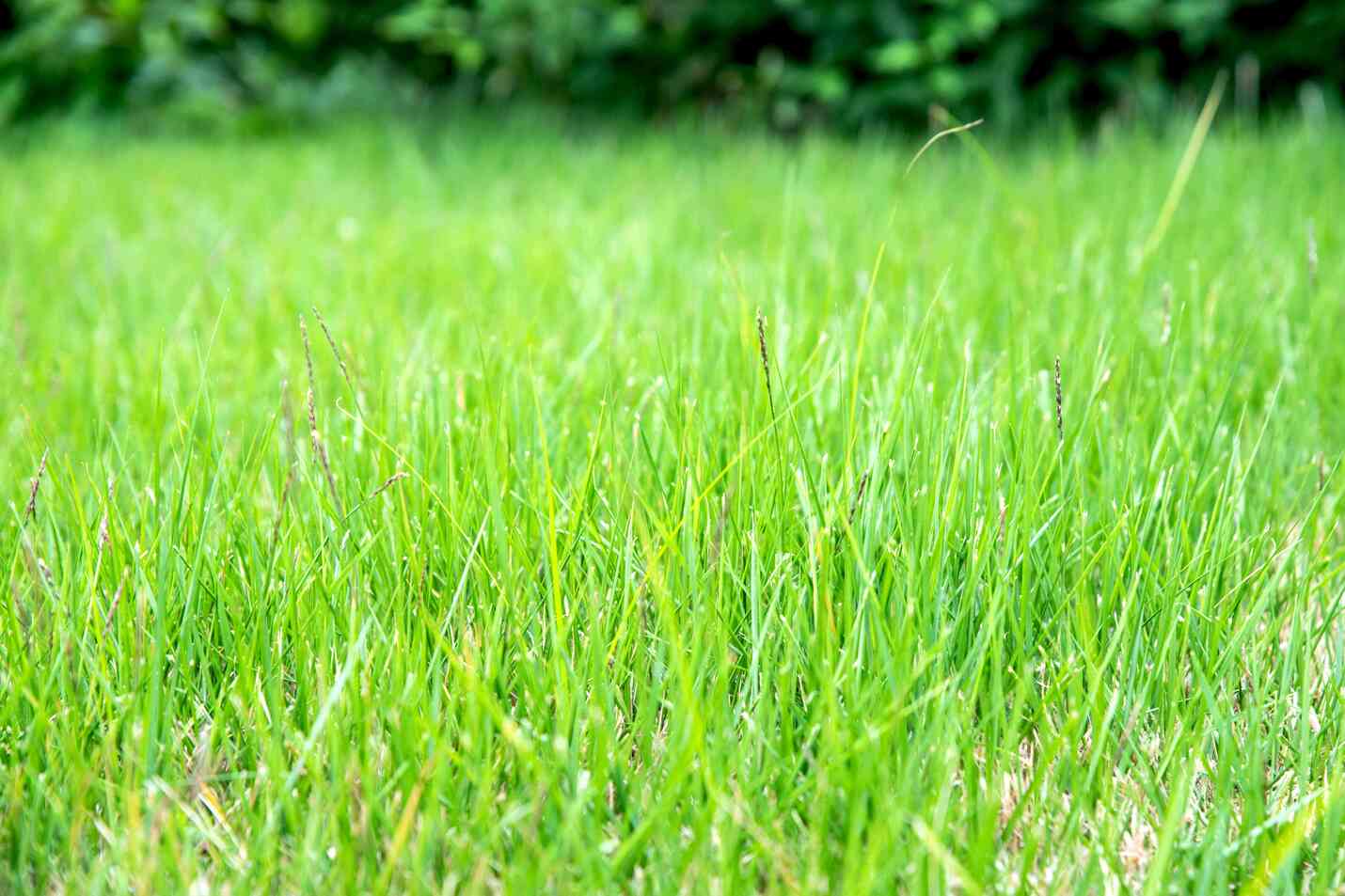
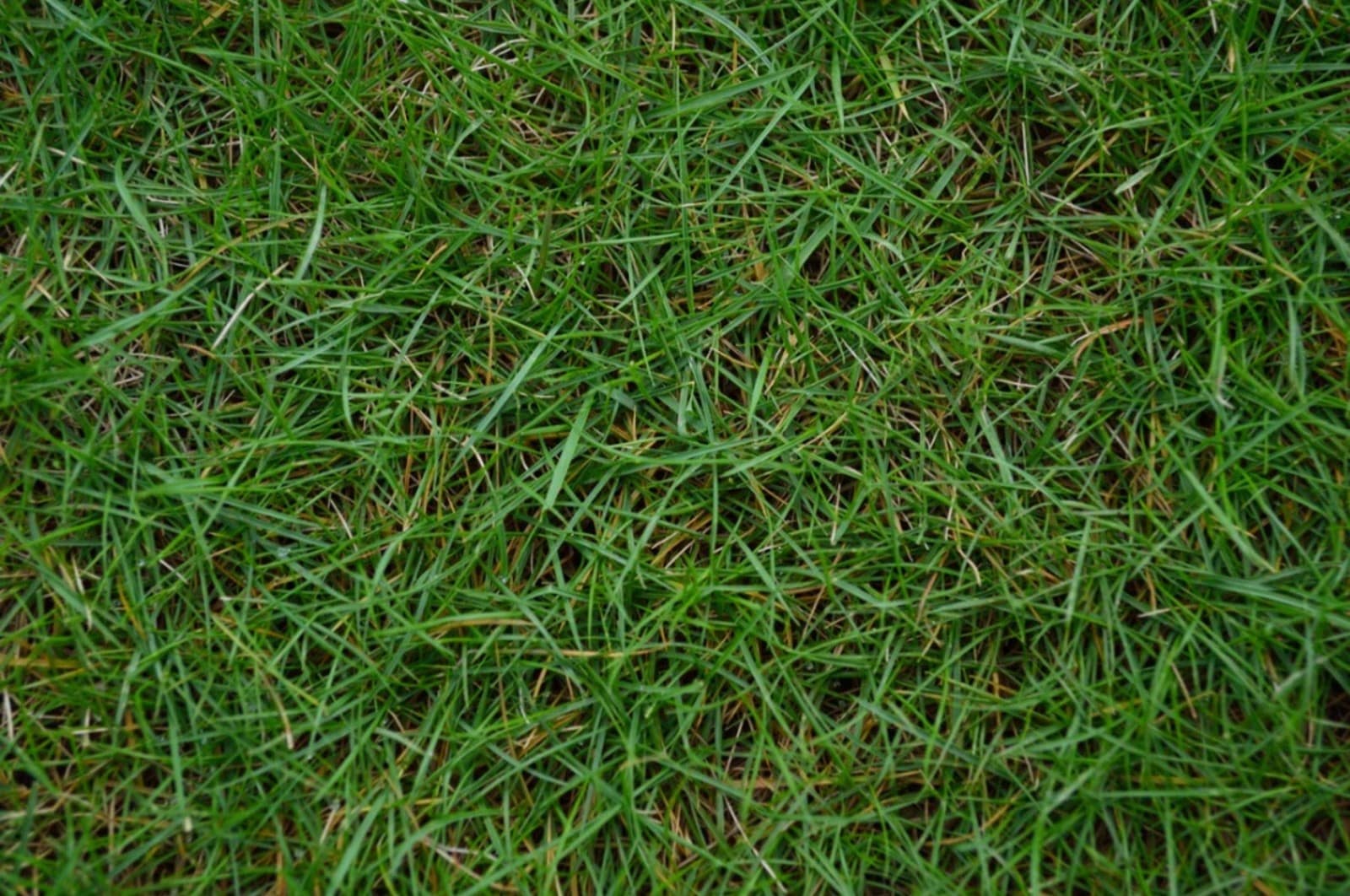
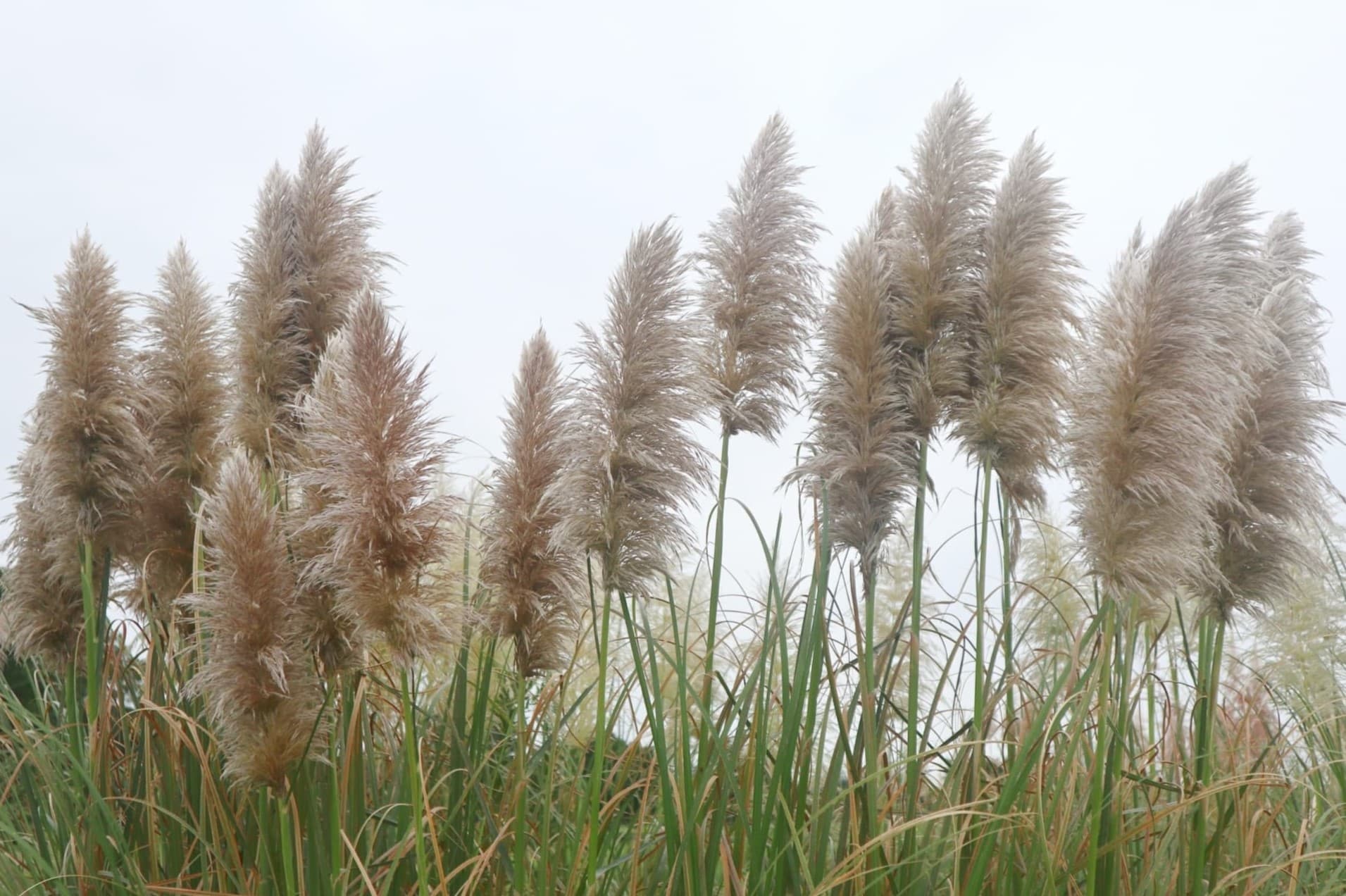
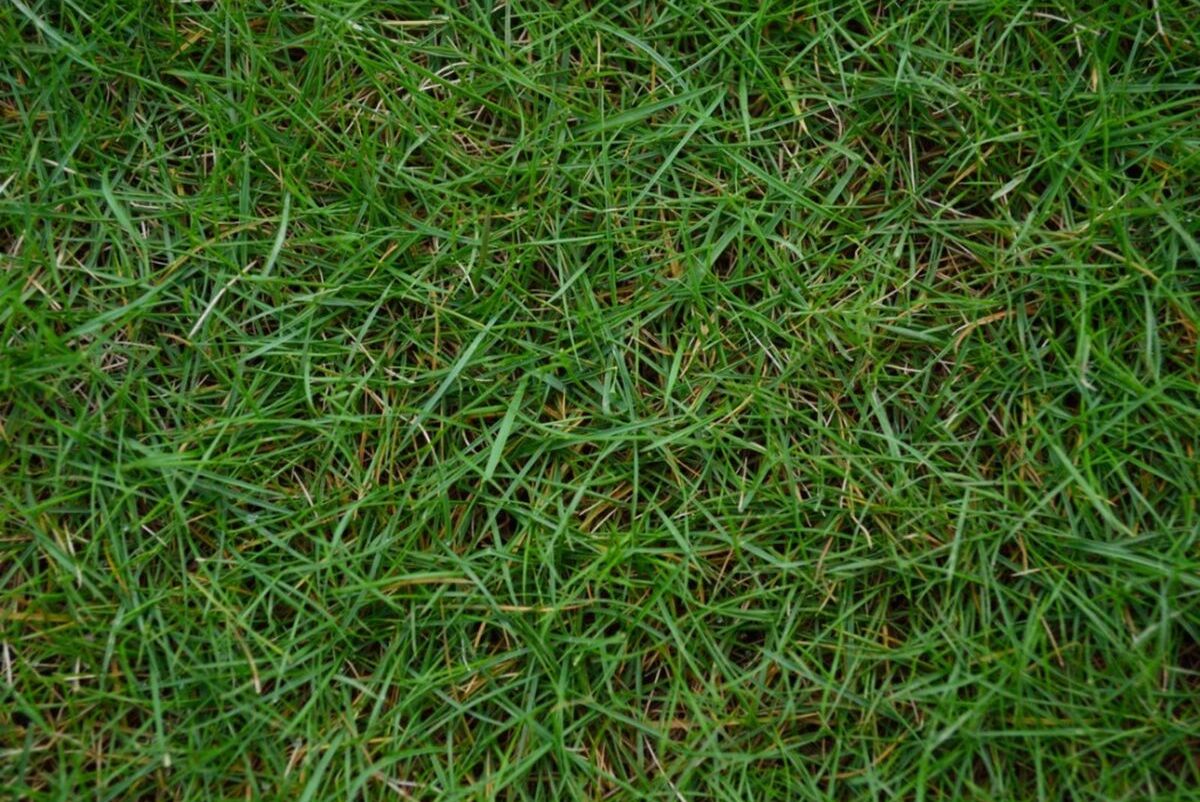
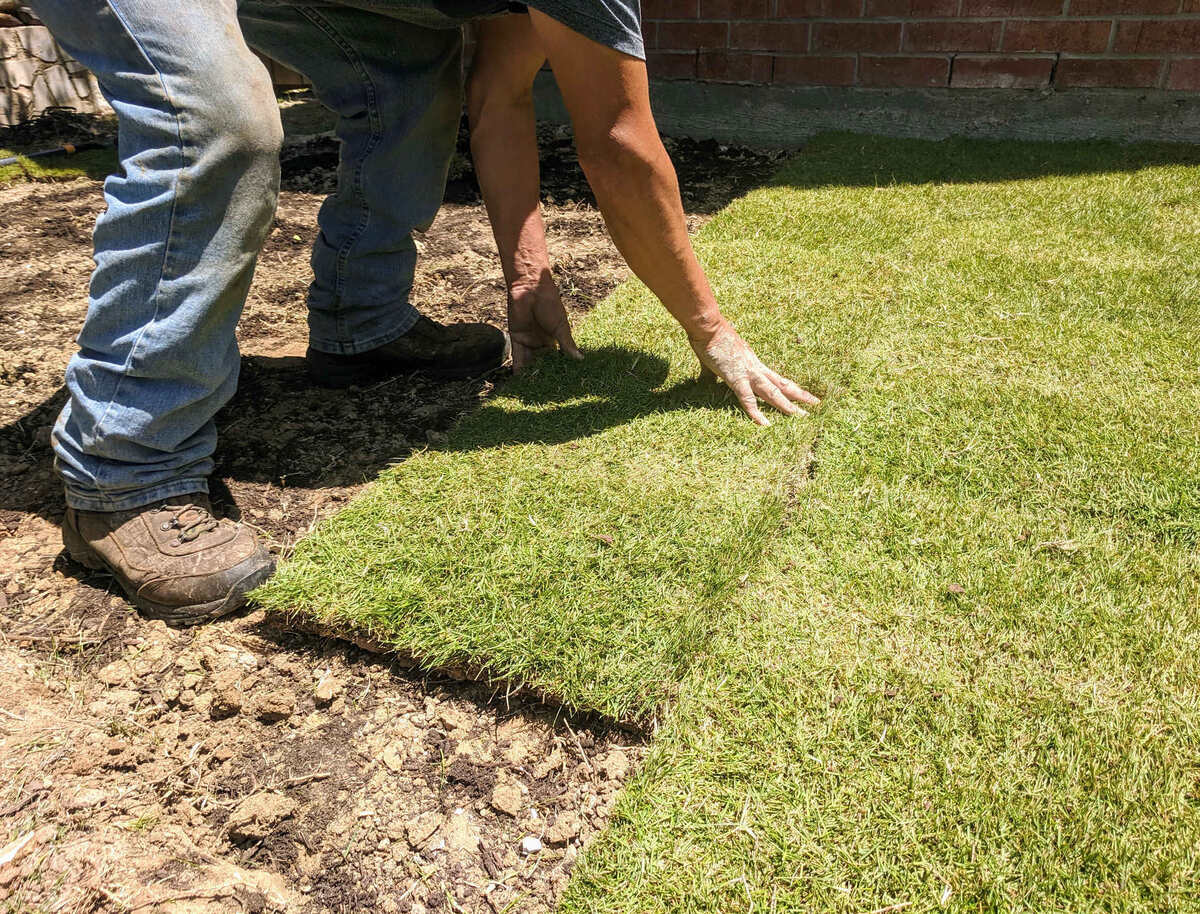
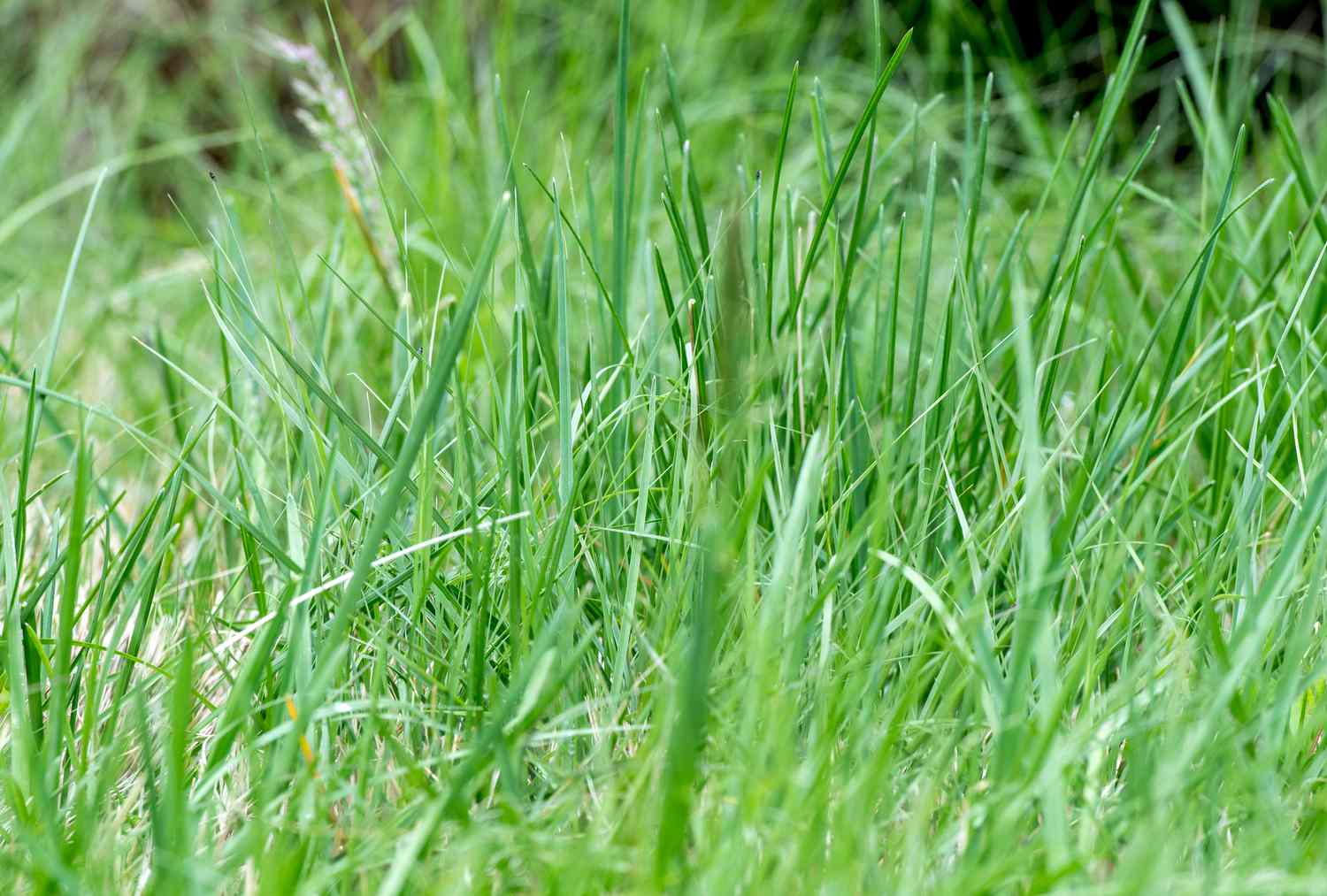

0 thoughts on “How To Get Buffalo Grass To Spread”